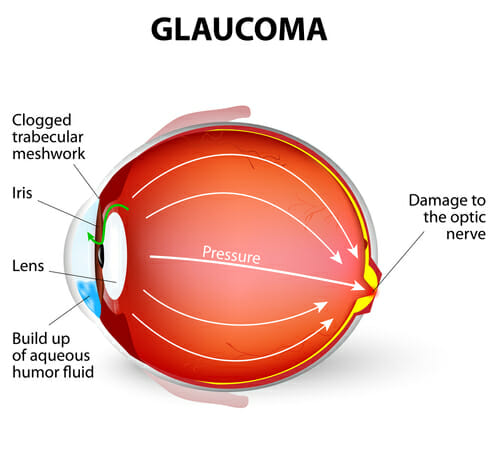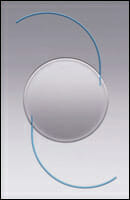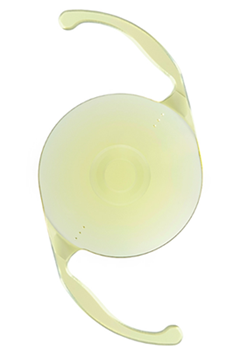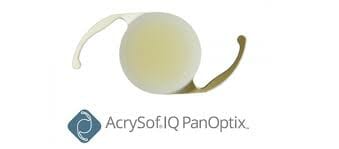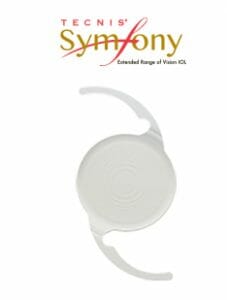Glaucoma is a prevalent age-related eye condition. It’s also a leading cause of blindness in adults over 60 years old.
It’s often referred to as “the silent thief of sight .” Glaucoma gets this name because many people don’t even know they have the eye condition until it’s already caused significant vision loss.
This is because glaucoma presents no symptoms in the early stages. The first symptoms appear when there’s already been vision loss. Any vision lost to glaucoma is irreversible, and you cannot regain it.
Glaucoma treatment aims to slow down the disease to prevent vision loss. When appropriately managed, glaucoma patients can enjoy their vision for many years, but only if the condition is spotted in the early stages.
Diagnosing and treating glaucoma early is best to avoid potential damage and vision loss. The only way to do this is to schedule regular eye exams with your ophthalmologist. Keep reading to find out more about glaucoma.
What is Glaucoma?
Glaucoma is a condition that causes damage to the optic nerve. The optic nerve sends information about what you see to your brain. If the optic nerve becomes damaged, it affects your sight.
When the damage is extensive enough, you can end up losing entire parts of your vision and eyesight. Glaucoma is almost always the result of a buildup of pressure in the eye.
The fluids that flow through your eye can become blocked. When the pressure builds up, it strains the optic nerve, damaging it.
There are two main types of glaucoma: open-angle and angle-closure glaucoma. Of the two kinds of glaucoma, open-angle glaucoma is more common.
Open-Angle Glaucoma
Open-angle glaucoma occurs when the eye’s primary drainage angle is open. The primary drainage angle is the channel between your cornea and iris.
Open-angle glaucoma occurs when the trabecular meshwork, the permeable tissue surrounding the eye, becomes blocked. When blocked, this causes pressure to build very slowly over time.
As pressure builds up slowly over time, patients with open-angle glaucoma often don’t realize it until they’ve already suffered vision loss. Any vision loss is permanent and impossible to get back.
Angle-Closure Glaucoma
Angle-closure glaucoma is rarer than open-angle glaucoma. It usually develops much more quickly.
It happens when the primary drainage angle becomes cut off because the iris bulges out. When the iris starts to bulge, this can cause immediate visual problems. When it occurs suddenly, it’s considered a medical emergency that requires immediate treatment.
Symptoms of Glaucoma
Open-angle glaucoma presents no physical symptoms. Once the optic nerve has become damaged, it will cause gradual vision loss.
Gradual vision loss will usually start with your peripheral vision. You may start seeing spots in your line of sight that appear blurry or completely blank. Eventually, your ability to see will start tunneling.
Angle-closure glaucoma does present symptoms, which include:
- Headache
- Nausea/vomiting
- Eye pain
- Blurry vision
- Halos
If you experience these symptoms, seek emergency medical care. You will likely need surgery to open up the channel between your eye and iris. Undergoing surgery will help alleviate the pressure before there’s lasting damage to your optic nerve.
But because open-angle glaucoma is far more common, many people don’t know they have glaucoma until it’s too late. How do you identify open-angle glaucoma before there are any symptoms?
Since glaucoma isn’t something you can see when you look in the mirror, regular eye exams are necessary. You also need to know what your personal risk is for developing glaucoma.
Risk Factors For Glaucoma
Risk factors for glaucoma and especially open-angle glaucoma include:
- Diabetes
- Being over 60
- Being of African, Latinx, or Asian origin
- Family history of glaucoma
- High blood pressure
If you exhibit multiple risk factors, you should always be aware that you’re at high risk for glaucoma. Disclose any of these factors to your eye doctor if they aren’t already part of your medical records.
Knowing how high risk you are helps you and your eye doctor plan and know how often you need to examine your eyes. You may need to see them for more frequent eye exams to keep your eyes safe.
If you’re considered high risk for glaucoma, this is something they can help you determine and schedule in advance.
Stopping the Silent Thief of Vision
Once you know your risk level for glaucoma, you and your eye doctor can work out how often you need to have your eyes examined. Even if you exhibit none of these risk factors, you should see an eye doctor at least every two years once you turn 40.
Once you’re over 50, you should consider annual eye exams. By the time you’re 60, you need to see your eye doctor at least once a year, if not more, based on your risk level.
Your eye doctor can easily measure your intraocular pressure (IOP) when you come in to have your eyes examined. If it’s high, they’ll also want to do a visual exam of your optic nerve using special imaging equipment.
The ideal scenario is making sure you discover elevated IOP before your optic nerve has suffered any damage. You can take medication, usually in the form of eye drops, to lower or reduce your IOP. When taken regularly, it can prevent you from developing glaucoma.
No matter when you have your glaucoma diagnosed, there are treatment options. Most medication and surgical options aim to lower your IOP.
But remember, you cannot reverse any vision loss due to glaucoma. If you want to keep your vision, the best thing you can do is know your risk and have regular eye exams.
Choosing these avenues will allow your eye doctor to detect any problems before you experience vision loss. They are your best options in the fight against the silent thief of sight!
Do you have concerns about glaucoma? Schedule an appointment at Sierra Nevada Eye Center in Reno, NV, today!





